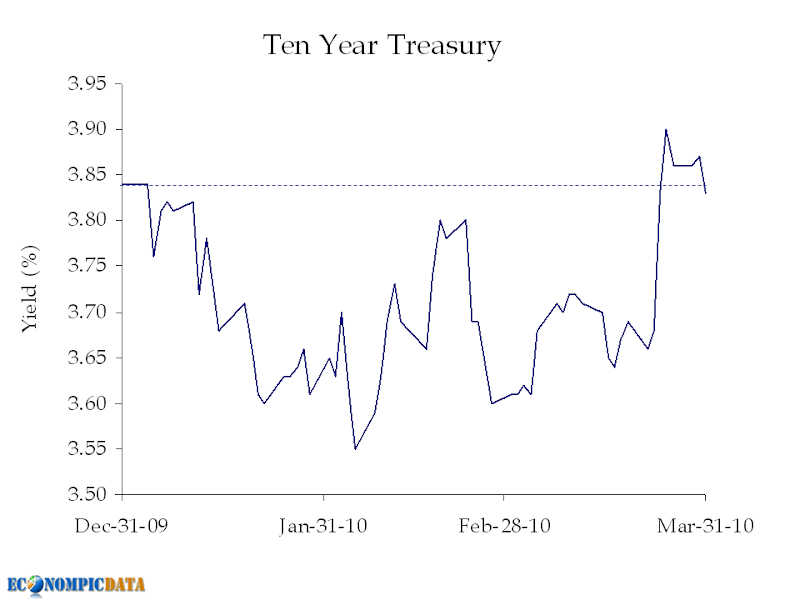Greg Mankiw questions measuring the level of taxes solely by the tax rate:
Some pundits, reflecting on the looming U.S. budget deficits, claim that Americans are vastly undertaxed compared with other major nations. I was wondering, to what extent is that true?The below is a chart of the table he references above ordered by each country's tax rate. In this case, the United States is in fact taxed at a very low rate, but is in the "middle of the pack" in per capita termsThe most common metric for answering this question is taxes as a percentage of GDP. However, high tax rates tend to depress GDP. Looking at taxes as a percentage of GDP may mislead us into thinking we can increase tax revenue more than we actually can. For some purposes, a better statistic may be taxes per person, which we can compute using this piece of advanced mathematics (Taxes/GDP x GDP/Person = Taxes/Person):

Greg's conclusion:
The bottom line: The United States is indeed a low-tax country as judged by taxes as a percentage of GDP, but as judged by taxes per person, the United States is in the middle of the pack.I feel like an (extremely) exaggerated, but equivalent argument as this is saying a $4000 donation made by a billionaire is similar to a $4500 donation made by someone worth $100,000 (i.e. it may be in theory, but that billionaire is one cheap bastard).
It also matters what the money is used for. In other words, is it going to social services, such as education / training / health care, that promote equality or is it going to...

Before I get called a pacifist... I do understand the importance of our military, but by simple math taxes 'ex Military Spend' equals less tax revenue available for, well, everything else (unless you assume the military allows the United States to take advantage of the global political economy and increase our ability to consume... which we'll ignore for now). Remove this annual military spend from the first chart and it turns out the United States pays less taxes per person excluding military expenses than all but Spain and Japan in the initial chart. In fact, the United States is taxed ~10% less than the next (fourth least) taxed per capita country in the list, Italy (which is 37% smaller in GDP per capita terms).

Greg Mankiw's post was interesting to me in that it brought up a huge point of division between the right and left. On one hand taxes are only justified if they preserve order in society, while on the other the inequality we face has increased the appetite to "make right" all those that have been left behind.
Source: Population / Military Spend
















































